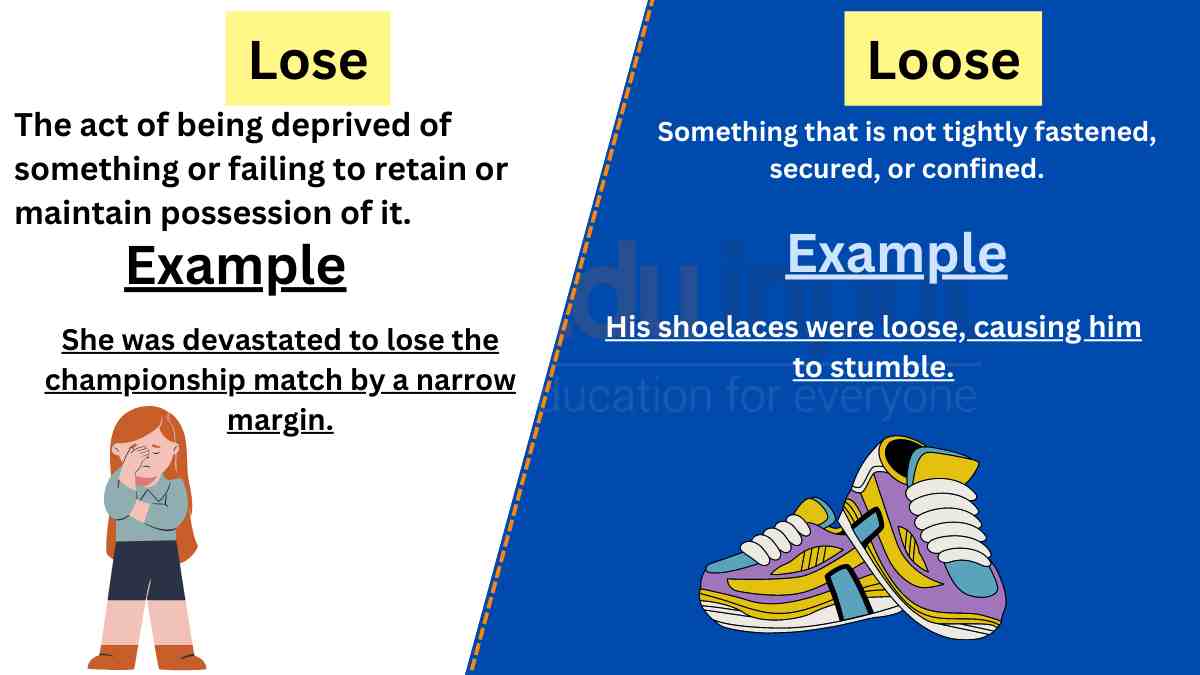Currant vs. Current-Difference between and Examples
The word “currant” refers to a type of small, dried fruit, while the word “current” relates to the flow of water or the present moment. Although these words may sound similar, they have distinct meanings and uses.
In this article, we will explore the differences between currant and current, providing definitions, examples, and highlighting their contrasts.
Meanings and Examples
Currant Meaning
Noun: A currant refers to a small, round fruit that is often used in baking or for making jams and jellies. It can be red, black, or white in color.
Currant Examples
- She added dried currants to the scone recipe for added sweetness.
- The currants in the fruitcake gave it a burst of flavor.
- The jar of homemade currant jelly was a delightful gift.
Current Meaning
Noun: Current generally refers to the flow of a liquid, such as water or air, or the flow of electricity. It can also describe the prevailing trend or direction of something.
Current Examples
- The strong ocean current made swimming difficult.
- The electrical current running through the wires powered the lights.
- The current fashion trends emphasize vibrant colors and bold patterns.
Differences Between Currant and Current
Here are the main Differences Between Currant and Current:
| Criteria | Currant | Current |
|---|---|---|
| Meaning | Small, round fruit used in baking or preserves | Flow of liquid or electricity, prevailing trend |
| Usage | Describing a type of fruit | Describing flow, direction, or prevailing trend |
| Function | Identifying a specific fruit | Describing flow or trend |
| Examples | Dried currants, currant jelly | Ocean current, electrical current, fashion trends |
Usage in a Paragraph
Currant and current are distinct words with separate meanings and applications. Currant refers to a small fruit used in baking and preserves, typically found in various colors. On the other hand, current describes the flow of liquid or electricity, as well as the prevailing trend or direction of something. Whether you’re adding currants to a recipe or discussing the strong ocean current, understanding the difference between currant and current ensures clear and accurate communication.







Leave a Reply